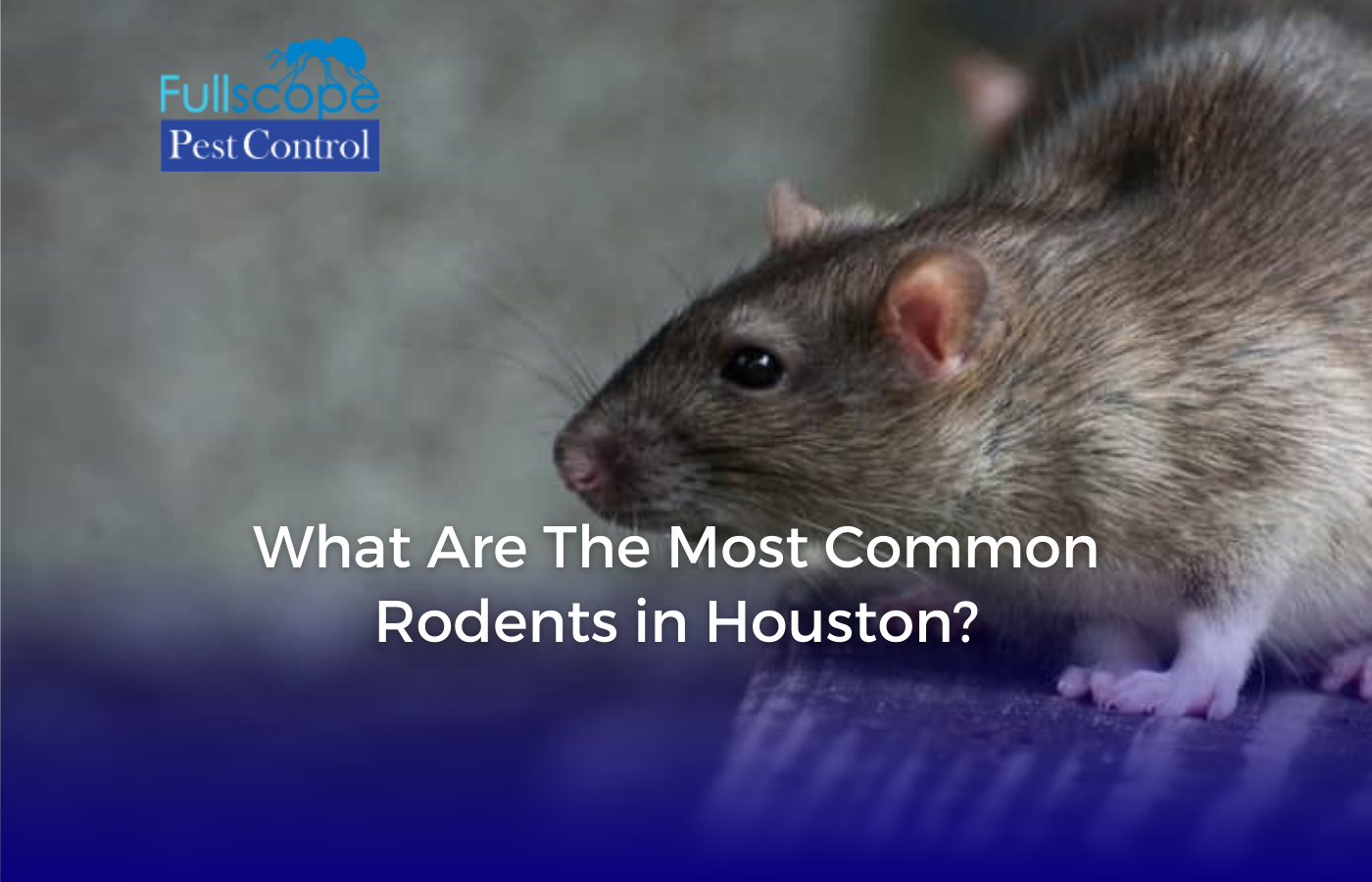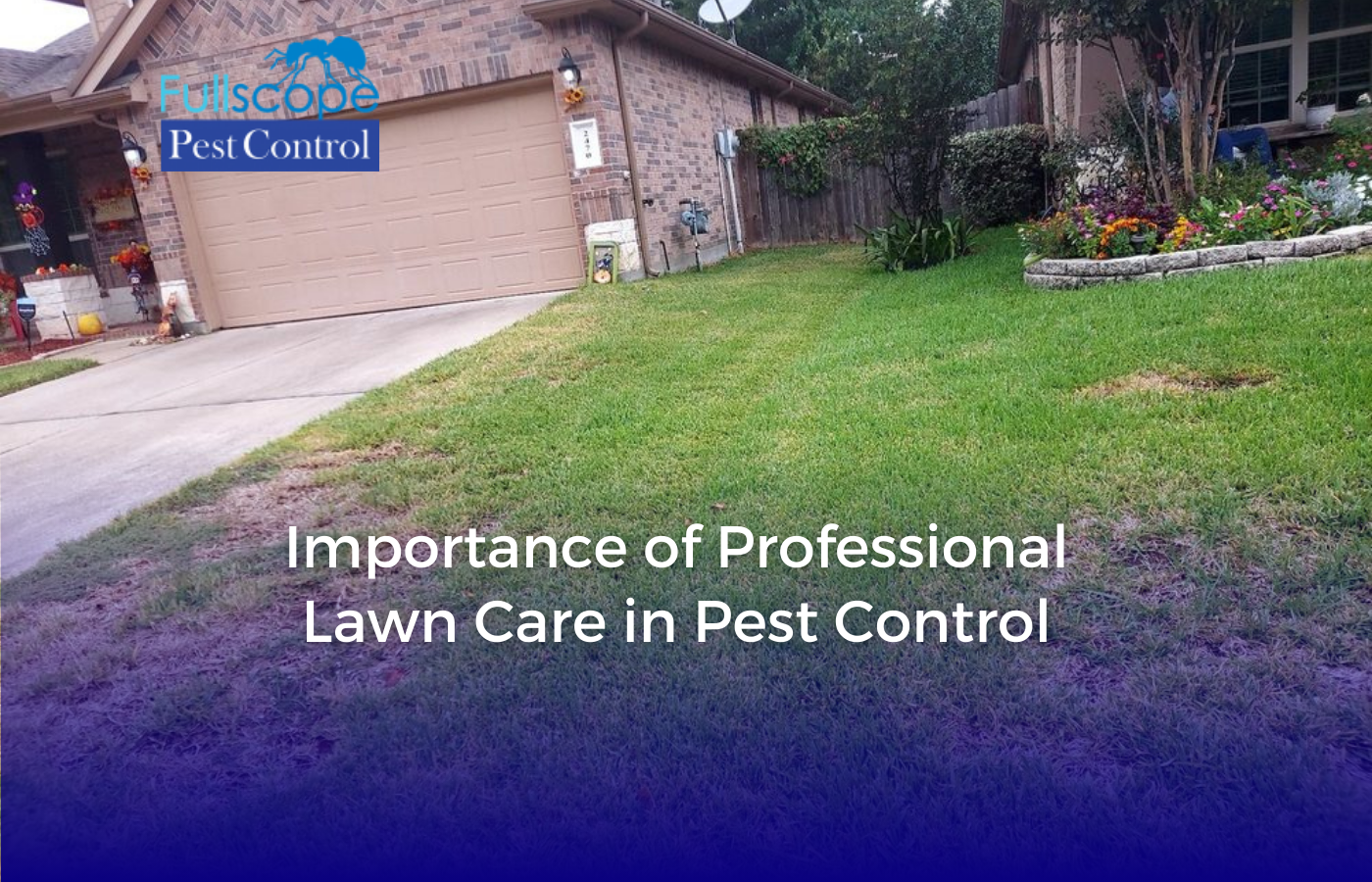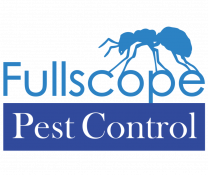We may be in Southwest Texas where it feels like winter comes and goes in a flash but if the Farmers Almanac’s predictions were true, we may be in for one of the most uncharacteristically cold seasons ever. The frigid, freezing weather will be here before you know it with the new season comes seasonal issues to deal with on your home and outdoor property. Overwintering Pests.
Must Read :HOW TO GET RID OF CARPET BEETLES AND MITES
One issue that most homeowners forget to consider are pest issues when the temperatures start to drop. While the pests are out and about with a vengeance in the spring and summer, one would hope for at least a little break from dealing with household pests from the cold weather when fall and winter arrives.
Unfortunately, we can’t even get a break from bugs and rodents when it’s freezing cold, as insects and rodents known as overwintering pests begin making a beeline (no pun intended) towards the warm and toasty confines of our homes.
Protecting your home from pests means preparing for their arrival via winterizing your home. If you plan ahead and winterize against pests you can enjoy all the great things the holiday seasons have to offer without, creatures stirring (not even a mouse!).
Of course, no matter what precautions you take, if you want a guaranteed pest-free winter, hiring FullScope Pest Control to conduct a detailed preventative treatment is your best bet!
Overwintering Pests: The Uninvited Guests
We’ve all experienced a guest that seems to overstay their welcome. But it’s even worse when someone barges in uninvited and decides to get cozy. That’s exactly what happens with rodents and insects like stinkbugs, ladybugs and boxelder bugs. When winter comes around, they start scurrying their way into homes without making a reservation.
Pest control companies across the country actually get an uptick in calls from homeowners freaked out by an unexpected infestation of bugs or rodents they came across in their home. People call flabbergasted that they have bugs during this time of the year because they thought when it gets cold, bugs seemingly just disappear (which they do disappear–in the bowels of your home!)
It actually makes a lot of sense, really. Insects and rodents naturally live outdoors. When the temperatures drop and it starts snowing, for the sake of their survival they have to find warmth. Usually the warmest places are our homes and thus, they begin to sneak and squeeze their way into any crack or crevice they can find to seek solace from the frigid air.
A Quick Explanation of Overwintering
This mass migration of insects and rodents into our indoor dwellings is a phenomenon known as “overwintering”. Overwintering is a survival tactic built into these pests and is similar to hibernation that bears and other animals do or the migration that birds do when they fly South.
Overwintering insects don’t go find a cave and snooze the duration of the season nor do they pack up and leave. Mainly they stay put when winter arrives and depending on the species, they will either try to tough it out and lay low waiting for the cool season to pass. Certain insects even produce glycerol, an antifreeze-like substance, to keep them from freezing to death.
Other insects instead will put a bulls eye on our homes and move in large numbers finding a way inside. If they find a point of entry, bingo! They will file on inside and cozy up for the duration of the season and you may have no clue until you go into your attic or basement and let out a blood curdling scream from your discovery.
The Most Common Overwintering Pests
Stink bugs

Stink bugs earn their name from the foul smell they give off when threatened or crushed. If you, happen to see one or accidently steps on one or otherwise crush it, you will learn pretty quickly why their name fits them.
Stink bugs are either brown or gray and are shield shaped, which is quite fitting that they are that shape because their exterior body basically is a shield for them against harmful substances like pesticide chemicals, making them a tough pest to control.
The brown marmorated stink bug is especially notorious for the damage they cause to fruit and vegetable crops, hurting the livelihood of farmers and the economy. The brown marmorated stink bug eats a wide variety of foods and can easily find cracks and crevices in foundations, window frames, and soffits. Stink bugs are able to flatten their bodies and squeeze through windows, cracks or tiny gaps in walls.
Once inside a warm building, they look for a water source and meal. They usually hang around bathrooms and kitchens, which have ready water sources, and rooms which contain plants. They have even been found in pet water dishes and fish bowls.
Boxelder Bugs

Boxelder bugs are an issue that rises from early fall all the way to spring. They are black with red-orange markings, and pretty noticeable since they are larger than you average tiny bug, about ½ inch long. The young nymphs are solid red. Boxelder bugs can multiply in large numbers on the boxelder trees where they feed on seeds and leaves.
When fall arrives, the bugs bunch up on the sunny sides of tree trunks, rocks, and buildings. Once they get inside they can be tough to control because they usually hide out in secluded areas where they are not noticed or are in areas where they can’t be reached and sufficiently treated.
If you have boxelder bugs and don’t know it, you will realize very quickly you have a problem when the weather warms again as they look for a way to get back outside.
Asian Lady Beetle

More popularly known as ladybugs, the asian lady beetle resembles native lady beetles but have a unique black M-shape on the thorax before the wing covers They can vary in color from yellow to orange to dark red, and can have as many as 19 black spots on their wing covers or no spots at all.
When the weather cools down, large numbers of them migrate indoors and bunch up to stay warm. While not a harmful pests, they are known to stain walls wherever they travel and will bite when handled making them a pretty annoying issue.
Cluster Flies
Slightly larger than you average house fly, cluster flies have yellow hairs on the thorax and are known specifically for their habit of “clustering” or gathering in large clumps on walls or windows of homes, trying to find a way in (if they haven’t already) when the weather cools.
While they do not cause structural damage nor are they a health hazard, having large swaths of them in your home is not a pleasant experience. When the adult cluster fly tries to exit the home in the spring, females lay eggs in soil and their maggots grow to be parasites of earthworms.
Rodents

While they may not be insects and are technically not overwintering pests because they can be an issue all year round, rats and mice do becoming a rising problem when the weather cools because of them finding ways to get into homes and buildings through the tiniest of gaps and holes.
Rats and mice can be alarming to see in the house and a health hazard with their ability to spread disease, contaminate food areas with their urine and feces, cause structural damage with their gnawing habit and even potentially cause a fire hazard risk with their tendency to chew electrical wires.
Winterize Against Pests By Following Our Top 5 Steps
As alarming as this may all sound, there is something that you can do to put a stop to a winter infestation of pests. By being proactive, you can limit or significantly reduce the chances of overwintering pests coming into your home with the following precautions.
Exclusion (Eliminate Points of Entry): Seal up your home in general, by searching along the perimeter for holes or gaps throughout your property. Go inside and search behind furniture, in the corners, and cabinets for any potential pest entryways.
If you discover a hole or crack, we recommend sealing it up with a protective sealing product like caulk to ensure a strong line of defense against pests who are actively searching for a comfortable place inside your home to overwinter.
On top of this, inspect around windows and doors and make sure they are properly screened and the frames do not have any gaps.
Clear up Leaf Litter: The fall season isn’t just a time for pumpkin spice flavored beverages and foods and sitting in front of a warm, cozy fire, the leaves are also falling and need to be raked because they give insects plenty of hiding spots.
If you keep your wood or leaf piles on the property, be sure to keep them as much as 20 feet away from your home. These are warm, moist harborages for a slew of pests and the closer they are to your home, the more likely they are to decide to find a way into your home for food sources or warmth.
Additionally, don’t bring in the firewood unless you intend on immediately burning it in the fireplace. Many insects are found in firewood and when you bring in the wood you might be bringing in pests that are hitching a ride.
Declutter: Before the weather gets too cold, be sure to go around your property and inside your home to dispose of excess clutter. Spiders, rodents and stink bugs love clutter and will make themselves at home in your storage areas if you don’t clear up things you don’t need in a timely manner.
Address moisture issues: Go through the home and scan around for plumbing issues and leaks especially in bathrooms, attics, and basements. Insects and pests enjoy water just as much as we do and need it for survival so they will be where the water is easy for them to access.
Clear your gutters: Leaves, dampness, and excessive debris is sure have accumulated up in your gutters after the fall months have passed. Make sure to grab a ladder and thoroughly clean these up before it gets too cold outside.
Let FullScope Pest Control Assist You In Winterizing For Pests

While all these tips may be helpful, there are still persistent pests that find their way inside. If you want a sure-fire way to ensure your home doesn’t have pests lingering around trying to stay warm, calling your local pest professional is a wise decision to make.
Fall and winter is a time to enjoy the holiday season so don’t let pests ruin your good time. Call FullScope Pest Control 832.898.0190 and schedule an appointment for us to come by and winterize your home for pests the professional and affordable way.





